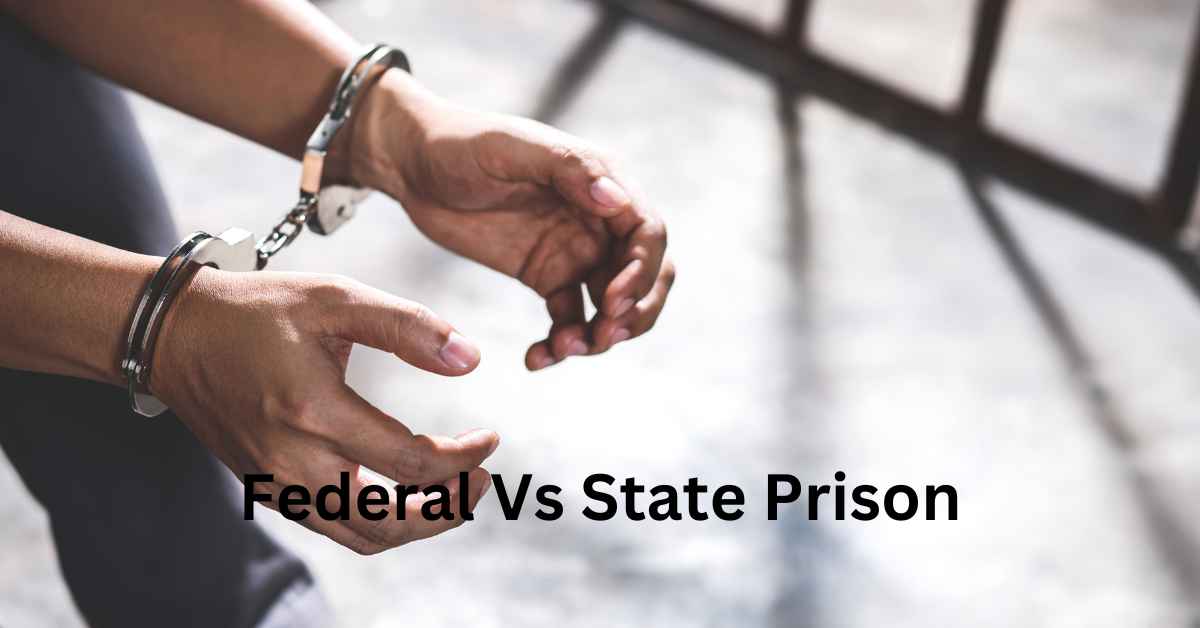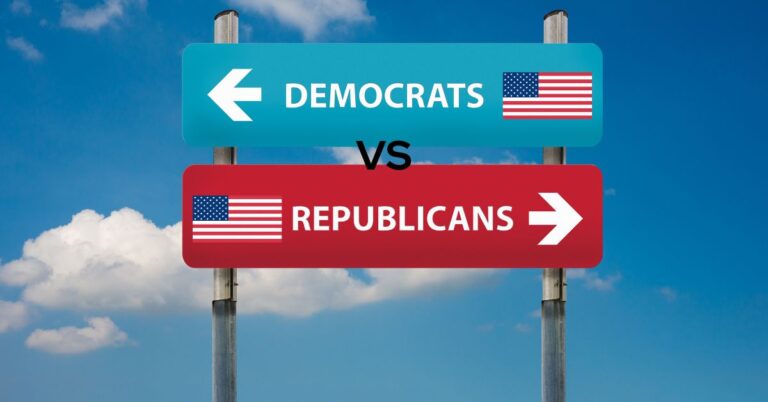To summarise, Federal prison is a designated place for violators who violate or disregard the Federal laws. Whereas State prison is where miscreants are kept if they happen to infringe State laws. Apart from this, there are many differences that lead to the whole Federal Vs State Prison confusion.
To know more, keep on reading.
What is a Federal Prison?
Like the name suggests, Federal prison is a detention centre that holds prison inmates who have been proven guilty for breaking Federal laws. The institution is headed by the Federal Government which is responsible for maintaining a watchful eye on the citizens and thereby appointing rightful punishments to the violators.
While there could be a lot of reasons that could incur Federal charges against an individual, the most commonly reported crimes include:
- Drug trafficking or drug dealing
- Money laundering
- Identity theft
- Immigration crimes
- Certain sex offences (including child pornography)
- Racketeering, etc
Based upon the severity of the violations, the sentence may vary from several months to lifelong imprisonment. This is decided by the Federal court along with the level of security that the individual would be kept within for the duration. Based upon the case findings, federal violators may be subjected to any of the five levels of the security system, including minimum security, low security, medium security, high security, and administrative security.
What is a State Prison?
Unlike a Federal prison, a State Prison is handled by respective States, hence the name. The State Government works by equipping a special team that is tasked with recognizing and punishing state law violators. These perpetrators may be punished variably based upon the severity and type of crime they are found to be guilty with.
Moreover, another major difference that sets the debate of Federal Vs State prisons is the intensity of the crimes. Compared to federal prisons, state prisons house inmates who are guilty of heinous crimes done within the jurisdiction. This covers charges of murder, rape, bank robbery, public mayhem, etc. They are put under strict scrutiny, which may be further categorised into three levels: minimum, medium, and maximum security prisons.
Federal Vs State Prison: How do they differ?
Although both prison types are used for placing violators under careful observation, there are a few factors that separates the two.
Regulating Authority
The first differential factor in the feud of Federal Vs State Prison is the regulating authority that controls them. So, while Federal prisons are monitored and managed by the Federal Government and institutions appointed by the same, State Prisons function under the jurisdiction of the State Government.
Prisoner Type
Now coming to the prisoners, Federal detention centres house individuals that are charged with violations of Federal laws. Such violations are relatively less harsh than State law infringements and therefore the risk factor is less.
Whereas on the contrary, State prisons house savages that are found guilty under the respective State laws. Given their high risk factors, such centres usually have tighter and stricter security arrangements.
Inmate Population
White-collar crimes (Federal law breaches) are comparatively less common, leading to a slighter inmate population in the Federal prisons. However, on the other side, there is a considerable number of State law violators that serve prison time all around the globe, making State Prisons a lot more populated than the former.
Here is a tabular form of distinction between Federal and State Prisons.
| FACTORS | FEDERAL PRISON | STATE PRISON |
| Regulated by | Federal Government and appointed authorities | State Government and appointed institutions |
| For | Federal Law Perpetrators | State Law offenders |
| Risk Factor | Relatively Less | High Risk Factor |
| Security Factor | More secure | Comparatively less secure |
| Prison Levels | Five: minimum security, low security, medium security, high security, and administrative security | Three: minimum security prison, medium security prison, and maximum security prison |
| Sentenced by | The Federal Court | The State’s Criminal Justice System |
| Imprisonment Duration | Some months to years | Minimum 3 years with maximum lifelong imprisonment |
| Inmate Population | Less | More |
| Prisoner Types | Few violent cases | Higher violent profiles of inmates |
| Nature of offence | Mildly serious offences | Greatly serious offences |
| Uniform | Has one uniform for all federal inmates | Has variable uniforms for State inmates, based upon the level of security |
| Transference | Can be transferred from one Federal prison to another | Usually not allowed, although special circumstances may arise |
| Prison Duties | No prison duties are assigned to offenders | Have to do community work and help in the maintenance of the State prison |
You may also like:







